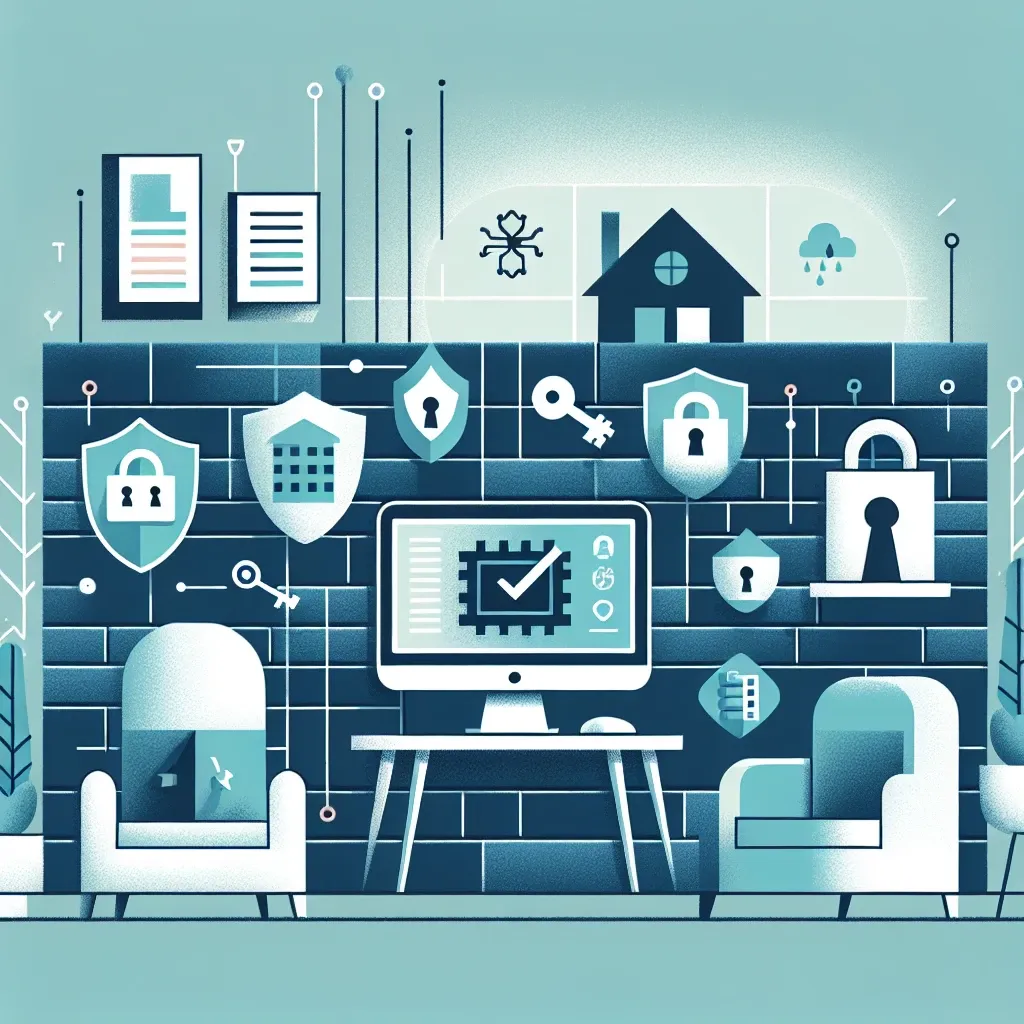Introduction
In an increasingly digital world, securing your home computer is more important than ever. Cyber threats are prevalent, and without basic security practices, your personal information can be at risk. This article will delve into fundamental security measures that every home computer user should adopt to protect against various online threats.
Understanding the Risks
Before diving into security practices, it’s crucial to understand the potential risks associated with an unsecured home computer. Here are some common threats:
- Malware: Malicious software that can corrupt files, steal data, or provide unauthorized access to your computer.
- Phishing Attacks: Deceptive attempts to acquire sensitive information, often through fraudulent emails or websites.
- Data Breaches: Unauthorized access to personal data, often resulting from weak security measures.
- Unsecured Networks: Using public Wi-Fi or unsecured home networks can expose your computer to various threats.
Basic Security Practices
1. Use Strong Passwords
A strong password is your first line of defense against unauthorized access. Here are some tips for creating strong passwords:
- Use a combination of upper and lower case letters, numbers, and special characters.
- Aim for a password length of at least 12 characters.
- Avoid using easily guessable information, such as birthdays or names.
- Consider using a password manager to store and generate complex passwords.
2. Keep Software Updated
Regularly updating your operating system and software is crucial for security. Updates often include patches for vulnerabilities that could be exploited by attackers. Ensure:
- Your operating system is set to update automatically.
- All applications, including web browsers and antivirus software, are up to date.
3. Install Antivirus Software
Antivirus software is essential for detecting and removing malware from your computer. Choose a reputable antivirus program, and ensure it is updated regularly. Most antivirus programs offer:
- Real-time scanning of files and applications.
- Periodic system scans to identify potential threats.
- Protection against phishing and malicious websites.
4. Enable a Firewall
A firewall acts as a barrier between your computer and the internet, monitoring incoming and outgoing traffic. Here’s how to ensure your firewall is effective:
- Enable the built-in firewall on your operating system.
- Consider using a hardware firewall for added protection.
- Regularly check your firewall settings to ensure they are appropriately configured.
5. Practice Safe Browsing
Many online threats come from unsafe browsing practices. Here are some guidelines to follow:
- Only visit secure websites, indicated by “https://” in the URL.
- Avoid clicking on suspicious links in emails or on social media.
- Be cautious when downloading files or applications from unknown sources.
6. Use Two-Factor Authentication (2FA)
Two-factor authentication adds an extra layer of security by requiring a second form of verification. This could be a text message code or an authentication app. Enable 2FA on:
- Email accounts
- Banking websites
- Social media accounts
7. Backup Your Data
Regularly backing up your data can save you from significant loss in case of a cyberattack. Consider using:
- An external hard drive for offline backups.
- A cloud storage service for secure, remote access to your files.
8. Be Aware of Phishing Scams
Phishing scams are designed to trick you into providing personal information. To avoid falling victim:
- Always verify the sender of emails, particularly if they request sensitive information.
- Look for grammatical errors or unusual phrasing that may indicate a scam.
- Use email filtering tools to help identify and block spam.
9. Secure Your Home Network
Securing your home network is vital in protecting your devices. Implement these practices:
- Change the default login credentials for your router.
- Use a strong Wi-Fi password and WPA3 encryption.
- Disable guest networks unless necessary and monitor connected devices.
10. Educate Yourself and Your Family
Cybersecurity is a shared responsibility. Educate your family members about safe online practices. Consider:
- Conducting regular discussions about cybersecurity.
- Creating a household policy for device usage and internet safety.
- Encouraging reporting of suspicious emails or messages.
Future Considerations
As technology evolves, so do the tactics employed by cybercriminals. Staying informed about the latest security threats and trends is essential. Here are some predictions:
- The rise of artificial intelligence may lead to more sophisticated phishing attacks.
- IoT devices will increase the number of entry points for cyberattacks, necessitating advanced security measures.
- Cybersecurity will become a vital skill in the workforce, emphasizing the need for continuous education.
Conclusion
Protecting your home computer requires diligence and the implementation of basic security practices. By adopting the measures discussed in this article, you can significantly reduce your risk of falling victim to cyber threats. Remember, cybersecurity is not just an IT concern; it’s a shared responsibility that involves everyone in your household. Stay informed, stay secure, and take proactive steps to safeguard your digital life.



